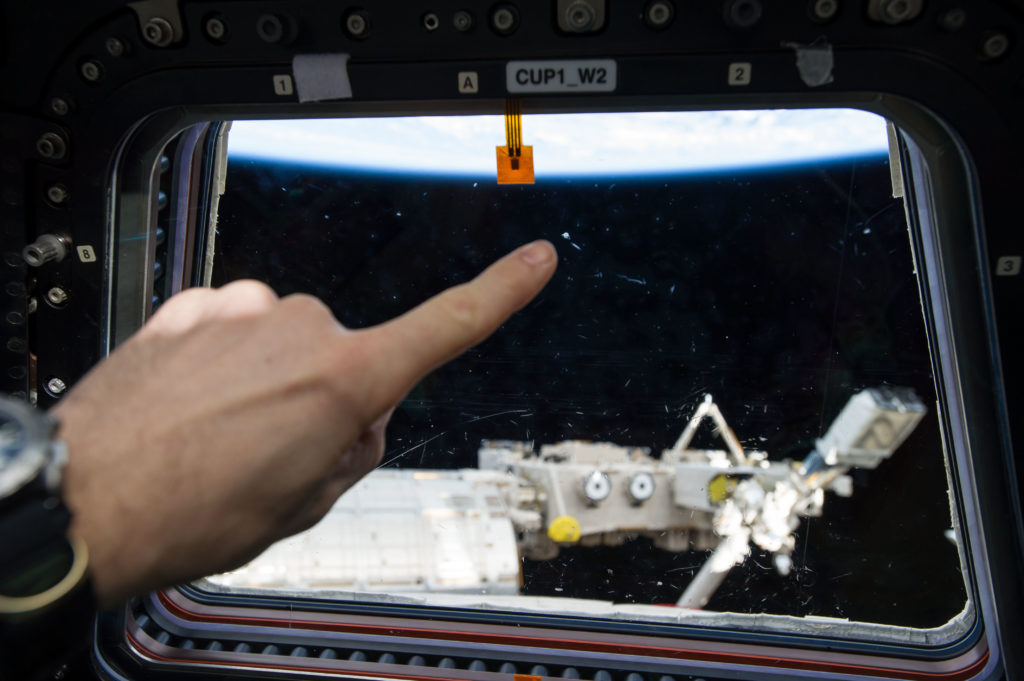
During SpaceX’s 13th Commercial Resupply Services Mission to the International Space Station for NASA, the Dragon spacecraft will deliver nearly 4,800 pounds of supplies, equipment and several science investigations to the crew aboard the station. Among the science experiments are:
- Total and Spectral Irradiance Sensor (TSIS-1) will measure the Sun’s energy input to Earth. It will measure the full spectrum of sunlight and the individual wavelengths to evaluate how the Sun affects Earth’s atmosphere. TSIS-1 will see more than 1,000 wavelength bands from 200 to 2400 nanometers. The visible of the spectrum the human eye sees goes from about 390 nanometers (blue) to 700 nanometers (red). A nanometer is one billionth of a meter.
- Made in Space Fiber Optics is U.S. National Lab investigation sponsored by the Center for the Advancement of Science in Space (CASIS). The Optical Fiber Production in Microgravity that will demonstrate the benefits of manufacturing fiber optic filaments in a microgravity environment. Results from this investigation could lead to the production of higher-quality fiber optic products both in space and on the Earth.
- Space Debris Sensor (SDS) will directly measure the orbital debris environment around the space station for two to three years. Mounted on the exterior of the station, the one square meter sensor uses dual-layer thin films, an acoustic sensor system, a resistive grid sensor system and a sensored backstop to provide near-real-time impact detection and recording. Research from this investigation could help lower the risk to human life and critical hardware by orbital debris.
- Advanced Colloids Experiment- Temperature 7 (ACE-T-7) investigation involves the design and assembly of 3-D structures from small particles suspended in a fluid medium, structures that are vital to the design of advanced optical materials and electronic devices. Future space exploration may use self-assembly and self-replication to make materials and devices that can repair themselves on long-duration missions.
Read more at https://go.nasa.gov/2mMUdSY.
